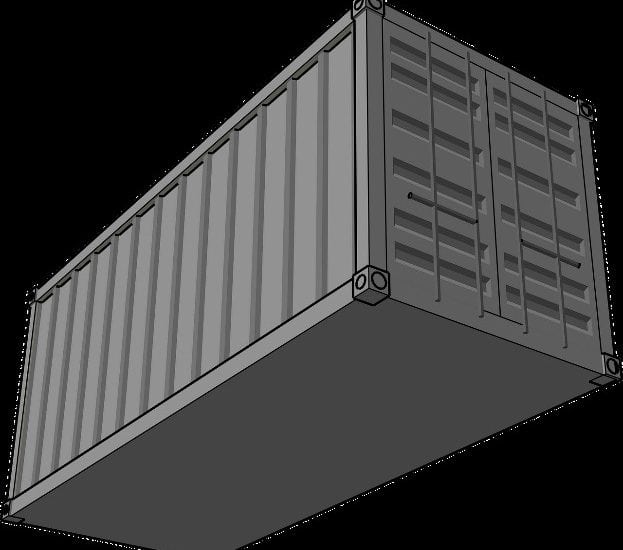- October 4, 2017
- Posted by: Container Domes
- Category: Info Articles

From being simple freight holders and preservers, cargo containers have been found to have other valuable purposes. They can be modified to form temporary shelters and domes for industrial and mining sites. They are commonly used as storage rooms, laboratories and lodging areas for workers. Companies prefer them to concrete structures due to their compact design and high mobility.
Backtrack to the Origin
The shipping container, built to last and conceived merely for no-fuss, heavy-duty, utility transportation, has been around for a long time. As early as 1830, “simple, rectangular wooden boxes”, very similar to the containers that we know today, were used for carrying coal along the Liverpool and Manchester Railway. The pure practicality of transferring just one (albeit large) item from one means of transportation to another (in this case from train to horse-drawn carts), rather than unloading and reloading, has streamlined shipping practices ever since.
Container Recycling
Today’s containers are designed to be strong, solid and hard-wearing. They were conceived to protect goods in transit, often secured on open decks of ships navigating rough seas. They remain to be a characteristic of those recycled containers that are now used to provide shelter in quite other circumstances. The new, glamorous life of the humble containers has allowed designers to turn them into a fancy dwelling with all comforts included. This recycling option, often involving major investment, is not always economically feasible.
Cosy Shelters
Apart from its role in heavy-duty work/transportation, container shelters also serve as a shelter in industrial worksites. They provide full protection against the weather and, returning to the origins, are easily transportable. For temporary or semi-permanent workplaces, container shelters are by far the best option.
The classic wooden shelter has been replaced the more durable and bigger container shelter. Container shelters are the up-to-date solution for all storage and temporary worksite necessities. This modern use of containers is generally characterised by their solidity, versatility, portability and speed of installation. Container shelters are extremely portable and easy to mount, yet, once assembled, they become robust and sturdy, and many are cyclone-proof certified.
Other Benefits of Container Shelters and Domes
No two work sites are alike, so there are necessarily many made-to-measure options (extra height, solar, lighting) and extras such as end walls and doorways. A typical container shelter construction consists of a container for storage or office space and shelter roofing for keeping equipment. A popular combination involves two containers with the roofed space in between, often closed off with one or two end walls. Container shelters represent the best of both worlds: strong and heavy on the ground but light and manageable to relocate.
To make sure that the container shelters you will build on your site are of high quality and can serve you throughout the duration of your project, let expert installers like Container Domes Australia do the job. They have highly skilled builders and use the highest technology available to create the most efficient designs.
Sources:
The plug and play city: how shipping containers are changing infrastructure, TheConversation.com
45 Amazing Homes and Offices Built from Shipping Containers, PopularMechanics.com
